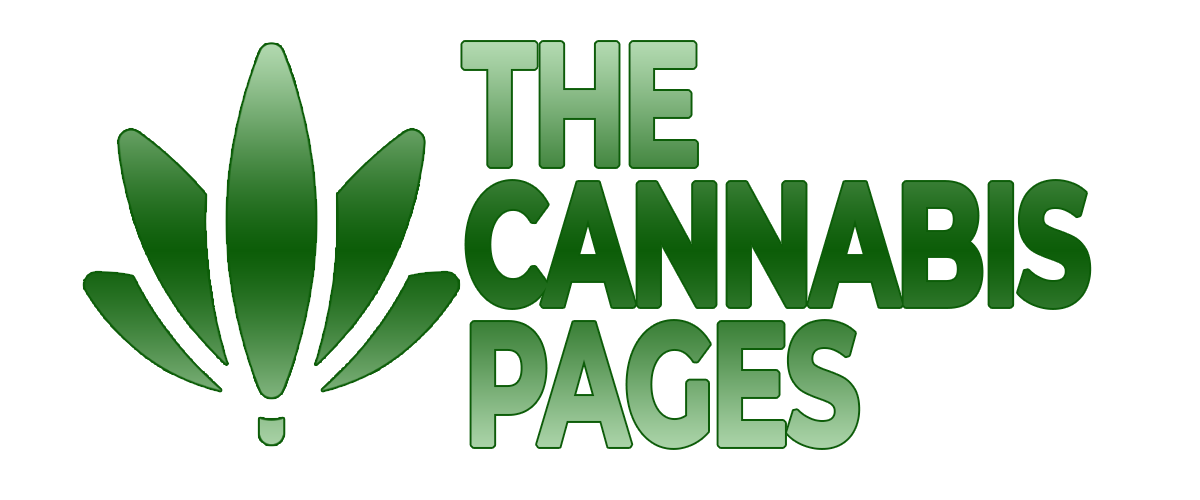The Czech Republic is continuing to make progress on an ambitious overhaul of its drug policies, with sweeping reforms aimed at creating a regulated market for low-risk psychoactive substances and addressing long-standing issues in medical cannabis access.
Starting July 2025, the sale of low-THC cannabis and kratom will be allowed under the newly established Psychomodulatory Substances Act, marking the country as the first to create a distinct category for low-risk substances outside traditional narcotics laws.
Simultaneously, the government is working to expand access to medical cannabis by allowing general practitioners to prescribe these treatments, a move long sought after by patients and healthcare advocates.
While these reforms represent a significant shift in policy, experts caution that systemic barriers, including insurance limitations and regulatory gaps, could hinder their full potential.
How the Psychomodulatory Substances Act Came to Life
In May, 2024, Business of Cannabis reported that the Czech House of Representatives approved proposals for the regulation of so-called ‘psychomodulating substances’.
This formed part of landmark legislation put forward by the Czech Republic’s former National Coordinator for Drug Policy Jindřich Vobořil, who had been working on the bill for over a year in parallel with a separate bill to legalise cannabis.
The bill, described as ‘revolutionary’ by its proponents, aimed to ‘regulate a broad range of substances that do not pose a serious risk to public health or that do not risk serious social impacts on individuals or society.’
On January 01, this act came into force. However, it is only this week that any substances have been officially added to this new category, Kratom and low-THC cannabis.
The Psychomodulatory Substances Act introduces a three-tier system for psychoactive substances:
- Prohibited Addictive Substances: High-risk substances like heroin and methamphetamine are completely banned.
- Substances Under Review: Newly emerging psychoactive substances, such as HHC (hexahydrocannabinol), are studied for up to two years to evaluate their safety.
- Psychomodulatory Substances: Low-risk substances, including kratom and low-THC cannabis, are approved for sale under strict conditions.
Should ‘substances under review’ receive confirmation of their relative safety, they will be added to the list of psychomodulating substances and approved for sale.
The newly published bill, which will allow the sale of low-THC cannabis flower and extracts, states: “Cannabis with THC content under 1% does not present a substantial risk to health or society and will be regulated under strict conditions to ensure safe use.”
Why Expanded Medical Cannabis Access Might Still Fall Short
It comes just weeks after another bill was passed, enabling country’s 5000 general practitioners to prescribe medical cannabis to patients from April 2025, following years of lobbying from patients and healthcare professionals.
Medical cannabis has been legal in Czechia since 2013 but currently only specialists are permitted to prescribe, meaning only around 200 doctors are actively prescribing cannabis-based medicines.
Around 8,000 Czech patients are officially reported to be legally prescribed cannabis-based medicines, but a previous survey by the National Drug Monitoring Center found that around 600,000 Czechs use cannabis for medical purposes, and over a million had tried it for self-treatment in the past year.
While many lawmakers, politicians and even some industry voices believed that this expansion of prescribing doctors could solve this bottleneck issue, one local industry expert believes this will ‘definitely’ not be the case.
“The issue is systemic,” they told Business of Cannabis.
“This means there’s a gap of nearly 600,000 between those using cannabis for health purposes and those who are prescribed it. The idea that GPs could bridge this gap is naive, especially given the constraints they face from insurance companies. The systemic issues go far deeper than just expanding prescribing rights.”
They explained that in the country, patients prescribed medical cannabis pay 10% of the cost, while the remaining 90% is paid by their insurance for up to 30g a month. If you need more, this has to be discussed with your insurance provider.
“Insurance companies play a significant role here. They set prescribing limits for doctors, which are based on various factors, like the number of registered patients. If a doctor prescribes too much cannabis and exceeds these limits, they face scrutiny from the insurance companies.”
Doctors who exceed this quota can be audited by the insurance company, seeing them risk sanctions and other consequences, meaning the majority of doctors will remain reluctant to prescribe medical cannabis.
“Based on information from representatives of general practitioners in the Czech Republic, it’s unrealistic to expect a doctor to take on more than five cannabis patients. This approach doesn’t solve the problem at all.
“While we do expect some increase in patient numbers—potentially from the current 8,000 to 15,000, or even 20,000—these are just rough, unprofessional estimates due to a lack of reliable data. Even if we reach 20,000 patients, that’s still a drop in the ocean compared to the estimated 600,000 people using cannabis for medical purposes.”
The post Czech Republic Pushes Ahead With Pioneering ‘Psychomodulating Substances’ Regulation appeared first on Cannabis Health News.
Go to Source
Author: Business of Cannabis

